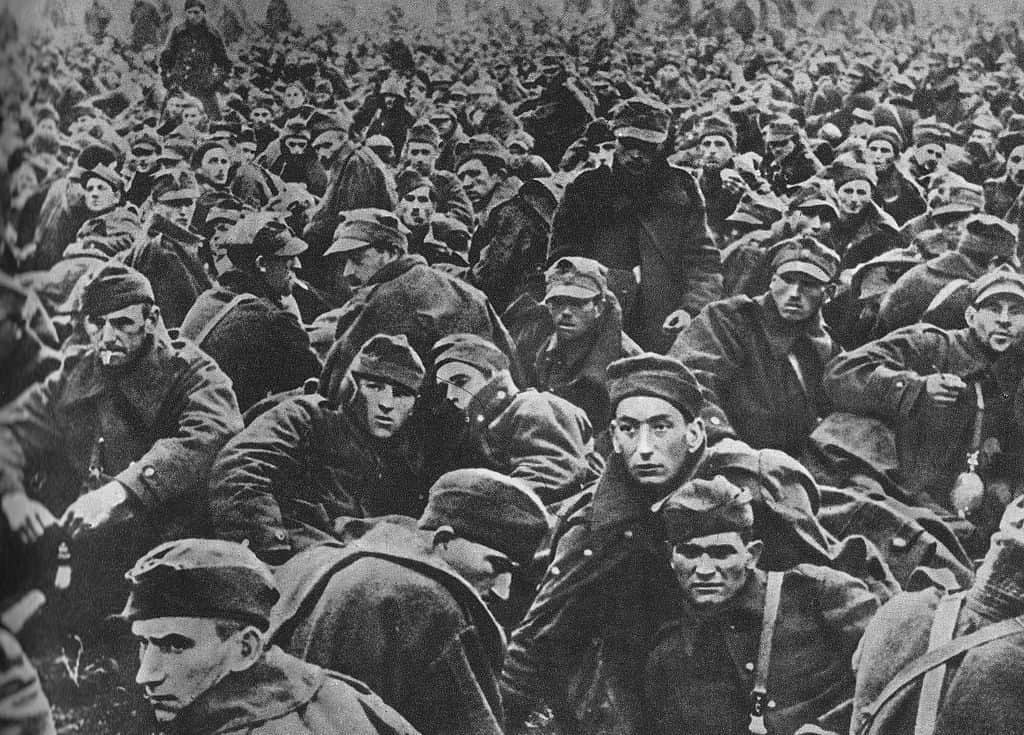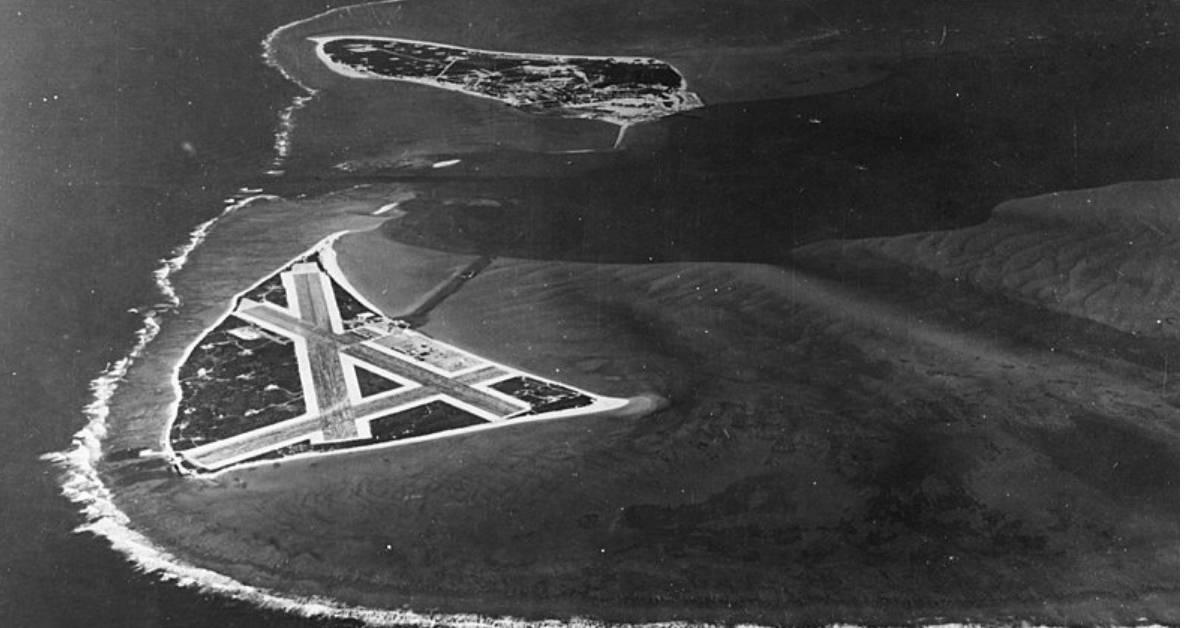The first mistake was starting the war in the first place. Most histories mark September 1, 1939, as the date on which World War II began, with Hitler’s invasion of Poland opening the global conflict. But the Japanese had been fighting in China for several years, and the Italian adventurism in North Africa – Mussolini’s second Roman Empire – was likewise several years old. It took the invasion of Poland for Britain and France to finally move to contain Hitler, and in response to the invasion and Hitler’s ignoring an ultimatum to withdraw, the western Allies declared war and then for the most part sat on their hands as the Nazi’s and the Soviets carved up Poland.
Hitler’s generals and even more stridently his admirals counseled against war in 1939. The German military buildup was insufficiently complete for the nation to enter into a sustained conflict with the west. On paper, the French army was larger, had more tanks, and were supported by the defenses of the Maginot Line. The combined French and British Air Forces outnumbered the Luftwaffe, and the combined allied navies greatly outweighed the German and Italian fleets. Even the vaunted U-Boats were in relatively short supply when the war began. Hitler achieved surprise in Poland, but in hindsight it was the first of many mistakes made by the Axis powers during the Second World War.

Here are some of the mistakes made by the Axis powers and their impact on the war and the post war world.

Lack of coordinated actions
During the Second World War, even before the United States was involved in combat operations, the leaders of Great Britain and the United States met to discuss joint strategy. Once the United States was actively at war these discussions grew to include Josef Stalin and the Free French forces leader Charles de Gaulle. Though often contentious, these meetings and those of the combined staffs of the allies led to coordinated operations directed at achieving specific goals, including the manner in which the freed European nations would be rehabilitated. In the Pacific, similar meetings were held at a somewhat lower level than national leaders, though Churchill and Roosevelt did discuss Pacific strategy at their meetings.
The Axis powers had no such coordination, operated almost independently of each other, and failed to support each other. Britain and France declared war on Germany in September 1939. Il Duce did not respond by having Italy declare war on the allies until June, 1940, when German troops were deep in France and the British Expeditionary Force was routed. Japan, at war with the United States and Great Britain, maintained a posture of neutrality with the Soviets until just weeks before the end of the war. The Axis powers were completely outnumbered by the populations, economies, and military strength of the allies. Their failure to coordinate their operations and goals merely made the disadvantage worse.

